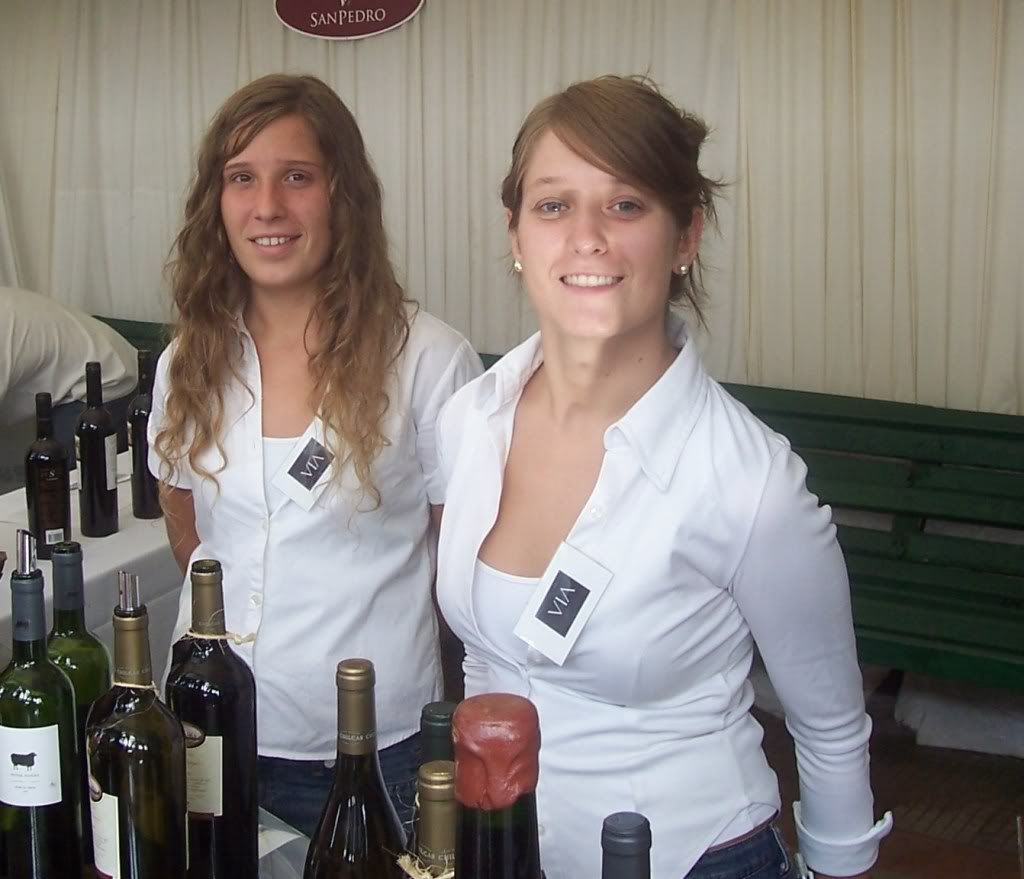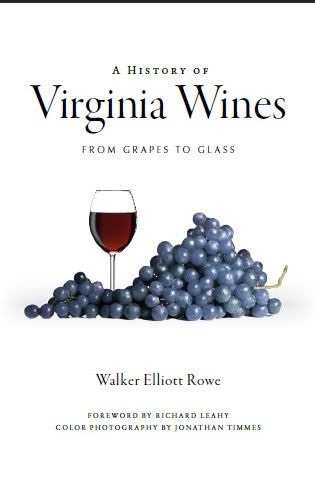
My kids joked that my goat farm has gotten off to a slow start because the first few goats I bought were gay. This is not entirely true.
I bought my first two females, Allison and Michelle, from Larry Grove a goat farmer in Rappahannock County. They were 4 months of age. Both were Boer and Spanish crossbreds—they are by temperament and milk producing ability designed to be meat and not dairy goats. Dairy goats produce enough milk to share with humans. Meat goats produce enough only for their offspring.
When my does reached 8 months of age I went to Bill Segrest, another Rappahannock County farmer, and bought a young buck named David. Bill told me David had one flaw: he was born on the coldest day in February so his right hoof froze and fell off. Nature is indeed cruel to animals. Still in my naïveté I thought David would make a fine sire. Little did I know that a goat needs to be large enough and have enough strength to mount and copulate with does so by definition he should be bigger than they. So for goats, size does matter.
After 5 months when gestation should have been complete my does were still not bred. I phoned up Mr. Segrest and he exchanged David for a larger male. With ranching one cannot be shy about sex. So I took a look at his testicles and notice that he had only one. Bill’s son-in-law told me he should still be able to do the job. Five months went by and my does had grown to huge proportions so I assumed they were finally pregnant. The veterinarian came around and inspected them with his sonogram and pronounced them, merde, without kids—they were simply fat from gorging on the spring flush of pasture grass. It turns out that Mr. Segrest had tried to castrate his goat—to make what goat farmers call a “wether”—but botched the job. He had not properly fastened the rubber bands used to castrate farm animals around both balls, so only one fell off leaving an impotent male.
So I exchanged this second sterile buck for two does and one buck only a few months old. Then I bought another very young buck from another farmer. Bad luck prevailed. I backed over with the first buck my pickup truck and the second one died when all the goats climbed atop a mobile pasture chicken coop which then collapsed on top of the hapless little fellow. This is where I made my second mistake: if you are looking for a herd sire start with a proven performer, an adult. I thought I could raise my young bucks to adulthood and then they would breed. After all they reach puberty at 2 months and at that age are air humping like a couple of teenage boys watching Penelope Cruz.
Now I was really mad. I had begun to receive phone calls and emails from customers who wanted to buy goats but I still had none to sell. My does were anxious to get going too. Their tails were twitching and they were mounting each other—an obvious sign they were in heat. This is when I met Steve Shippa who runs boergoatblog.com.
Steve is one of those upper middle class people who also farms. In California and Kansas people farm to make money and go to the bank for loans. In Virginia farming seems to be a past-time for those who have made their money elsewhere. Still Steve is a heck of a nice fellow and extremely knowledgeable about his 100-head herd of Boer goats.
Steve said I could buy his herd sire for $300 which was $50 less than I had budgeted so I said “OK”. I drove over to his farm in Berryville and came head-to-head with a raging, snorting, 260 pound buck in full rut. This goat like most males smelled terrible. A buck in the rut urinates all over himself and secretes must from his glands to woo the female. This foul odor for goats is some kind of cologne. Steve had locked up his love struck buck alone but within eye sight and downwind of a herd of does who too were primed for romance. The buck was as horny as an aircraft carrier full of sailors on furlough and just as dangerous. He pounded his massive head against the fence which strained to contain him and bent the steel latch which held the gate shut.
Steve and I wrested this animal into a cage in the back of my truck and I drove back to Rappahannock drawing stares from motorists on the highway. At a gas station a couple of men walked over to look for they had never seen an animal so large. I explained that the Boer goat breed had been imported from South African some years ago for their large size and docile demeanor except of course when the un-castrated male is within the vicinity of does in heat. I told these men that this goat was the grandson of a goat which had sold for $45,000. Boer goats until a few years ago were hard to come by in the USA so had sold for a premium. Now instead of being ridiculously expensive they are just downright expensive.
I took my buck home and turned him loose with my 6 does. Goats normally make a soft bleating sound something like the familiar “bah-bah-bah” of sheep. This was how my 50 to 80 pound females had behaved. They were gentle to the point that I let my friend’s 7 year old daughter feed them from the palm of their hand.
But the rutting buck snorted and sniffed and howled like some kind of small dinosaur “oooh—aaaargh--woooo”. My neighbors were ½ mile away at the closest point and I am sure they thought I must have been conducting some kind of mass slaughter for he howled as he circled the does and thoroughly cowed my otherwise large and frightening 120 pound Great Pyrenees livestock guard dog.
The frightened does scattered but the buck was relentless in his pursuit. He went first for Allison, the dominant doe in the pack, and had soon mounted her after knocking her around a bit. I was fairly frightened and fascinated at the same time as he went for my timid little doe with his tongue hanging out and mounted her with such force he pushed her to the ground. It reminded me of high school and college. Back then if you wanted your date to put out you fairly wrestled her to the ground.
The doe put up a fight for a while then relented. Soon after that she began to nuzzle up to the foul smelling beast. Within an hour the buck had moved onto the second largest doe in the herd and she too became part of his love circle. The two does fell into his harem as sycophantic groupies and the embraced each other in an agrarian ménage a trois. As I write this essay the buck had already bred a third doe and three more remain.
Breeders have told me I can breed my does three times in two years. I hope to buy three more does next week to jump start my late developing herd so by next year I do not have to turn away so many customers.
Continue Reading...









